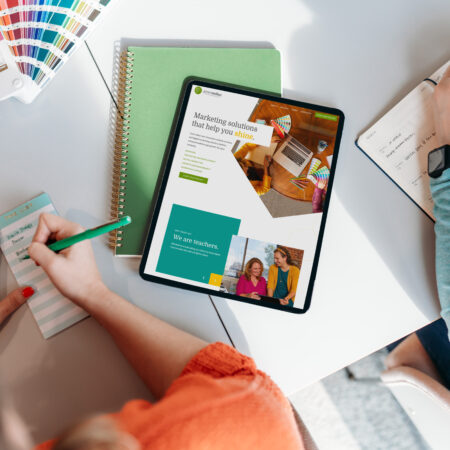There’s no way in denying that online shopping has became the new norm in just about anything retail. In fact, over 70% of the US uses the Internet regularly to make purchases.
With so many online businesses, how can your new eCommerce website gain attention and exposure? Unless you’re offering a one-of-a-kind, patented product found nowhere else in the world, you’re competing against everyone just like you. Luckily, there’s something you can offer that no one else can (at least not the same way as you).
Online shoppers have come to expect a streamlined shopping experience from eCommerce websites and do business with those who offer an extraordinary customer experience. This is where the old-school, yet highly-affective, thank you emails come into play.
Why a Thank You Email Will Set You Apart
Showing gratitude goes a long way, online or face-to-face, and it generates goodwill for a brand, which leads to brand loyalty. A thank you email is more than showing your appreciation; it shows your “human” side and proves your business is more than what a consumer sees on the screen.
A thank you email brings your eCommerce website more benefits than showing your personal side. You can deliberately plan these emails to increase your open rates and engagement rates (according to HubSpot, thank you emails receive twice as much engagement levels than average emails). Also, the group of people receiving these emails have already made the choice of doing business with you, and existing customers will more than likely purchase from your site again.
In short, a thank you will go a long way for your brand!
Best Times to Send a Thank You Email
So, when do you send these emails to your potential or existing clientele? Luckily, you can harness the power of a thank you email in more than one situation.
After Subscribing
If most of your business is done in person or you don’t even have eCommerce capabilities yet, you don’t need to wait for someone to make a purchase before deploying a thank you email. It’s perfectly acceptable to send one as soon as a visitor subscribes to your website.
Thank you emails are perfect for first-time visitors or customers, as they usually take the most persuading. However, you need keep it casual with them; they may have shown interest, but they haven’t made a commitment to buy. The content in these emails should thank them for their interest in your brand and let them know how to get in touch if they have any questions.
Here’s the tricky part: You want to gain a new customer, but you don’t want to come off pushy. What you can do is give some background about your business or product/service. This new lead has shown overt interest in your business, so give them the scoop. You could also offer them a promo code or free sample, as well.
After Purchase
This should be a given (if you own/owned a brick-and-mortar store, you naturally say thank you after someone purchases something from your store), and these thank you emails should include more information about the purchase including a summary of their order, order confirmation number and tracking information. Your customers will see this email as a receipt, and these emails are four times more likely to be opened than your average email.
Just make sure this “receipt” is split evenly as a thank you email and order review, as this will validate the customer’s decision in doing business with your brand before they have received their order.
After Delivery
One of the best chances to send a thank you email is a couple of days after the order was received. Just like saying thank you, a little bit of sincerity will go a long way. After you say thank you for being a valued customer, tell them you hope they are satisfied with their purchase.
At this point, you should start ramping your sales pitch to this customer. Since they’ve experienced the quality of your business, they’ll be ready to make another purchase with you soon. Cross- or up-sell other products similar to their purchase. Keep in mind, about 60% of your customers would buy another product at 60% of the value of their original purchase. This is why up-selling is fantastic in both boosting revenue and increasing customers’ expected lifetime value.
You don’t need to limit thank you emails to these instances; you could also send them when customers hit milestones with you brand or even near the end of a product’s useful life. No matter how many ways you decide to send a thank you email, they will help drive repeat purchases and increase your customers’ lifetime value.
Give thanks to your customers and make your small business more human-like in today’s digital world. They’ll say “you’re welcome,” and it will show in your bottom line.





